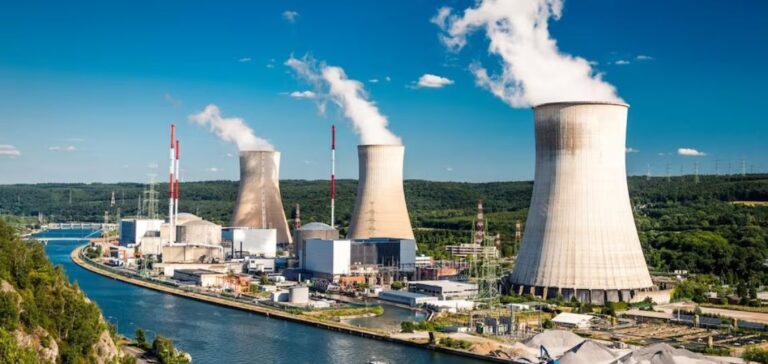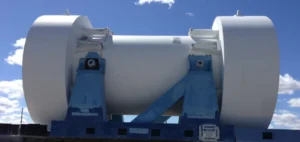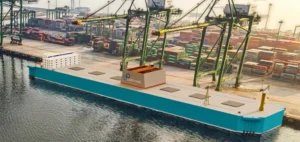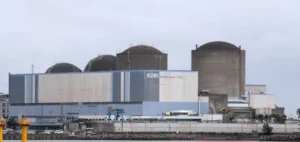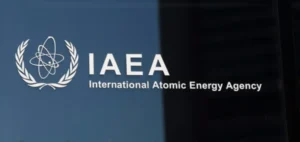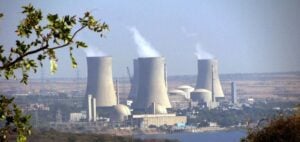Carbon neutrality for Canadian heavy industry could be achieved by deploying small modular reactors (SMRs). The Canadian Nuclear Association unveils a study on the subject. Conducted by EnviroEconomics and Navius Research, the study demonstrates the ecological and energy benefits of using SMR. And all the while reducing the cost of fighting global warming.
Carbon neutrality thanks to SMR: ecological and economic benefits?
Reduce greenhouse gas emissions by 18% by 2050
The study aims to assess the ability ofsmall nuclear reactors (SNRs) to decarbonize heat and power in the heavy industry sector. Data show that SMRs could reduce greenhouse gas (GHG) emissions from Canada’s industrial sector by 18% by 2050. This corresponds to a GHG reduction of 216 million tonnes (MtCO2), or the removal of over three million cars from the road.
5% reduction in costs to achieve carbon neutrality
Research also shows that SMRs could offer low-cost emission reductions in Canada’s heavy industry. This would reduce the cost of achieving carbon neutrality by 5%. This would represent CAD$ 5 billion of GDP per year by 2050.

Redeployment of clean technologies to other consumption hubs
Finally, the study reveals the positive effects of SMR use by manufacturers on the management of national energy consumption. This would enable the redeployment ofhydrogen, carbon capture and storage (CCUS) and natural gas technologies to other energy consumption hubs.
In short, SMRs used in industry would further reduce GHG emissions and national spending on carbon neutrality.
Nuclear power increasingly well suited to heavy industry
Nuclear power already accounts for 15% of Canada’s electricity production
Nuclear power is one of the world’s largest producers of relatively carbon-free electricity. In Canada, it already accounts for 15% of electricity production.
What is essential is its potential to decarbonize heat and electricity in industrial sectors. Whereas large-scale power plants were previously reserved for mass electricity production, SMRs enable manufacturers to consider nuclear power.
Lightweight, modular systems perfectly suited to industrial applications
These innovative reactors are often designed to be scalable and built economically in a factory, rather than on site. This makes them easy to transport to remote or difficult sites. What’s more, their much smaller footprint than current reactors makes them particularly well-suited to the industrial sector.
Widespread use of SMR in 2035?
With rollouts due to start in 2026, SMRs should be in general use by 2035. SMRs will meet the growing demand for emissions reduction in the heavy industry sector. Canada has yet to make a significant investment in their development. Which could nevertheless be the key to a profitable energy transition.
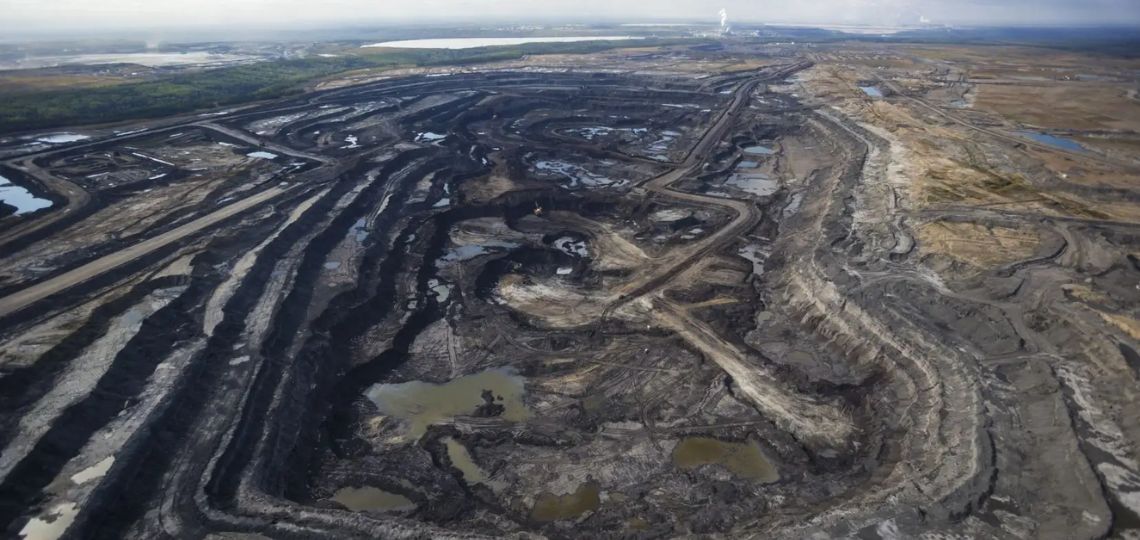
The considerable ecological weight of heavy industry
30% of Canada’s emissions today come from heavy industry
Over 30% of Canada’s emissions today come from the oil sands, chemical manufacturing and mining. Decarbonizing the heat and electricity used in industry is therefore essential if the country is to achieve carbon neutrality by 2050.
91% of Canadians consider climate change a serious problem
Moreover, climate change is considered a serious problem by 91% of Canadians. 86% believe the government should invest in clean energy technologies, including nuclear power.
But economic necessity to preserve heavy industry
According to Canadian Nuclear Association CEO John Gorman:
“Canada’s economy has the advantage of extensive and rich natural resources. But this is a double-edged sword when it comes to tackling climate change.
Mr. Gorman pointed out that fossil fuels currently meet 80% of all Canada’s energy needs. These contributed CAD$108 billion to GDP in 2018. The country cannot afford to abandon these industries, which form the backbone of its economy.

